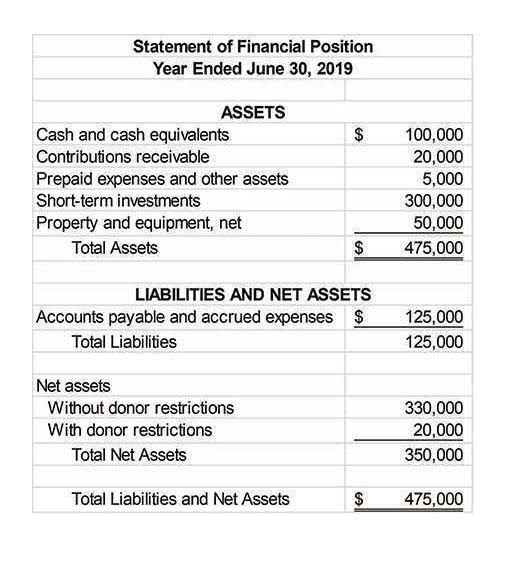
There is no maximum amount of Medicare tax an individual can pay. The employer typically covers the entire cost of the unemployment payroll tax, both at the federal and state levels. The term “withholding” means that you are deducting these payments from employee paychecks, based on laws and regulations that require these payments to be made. If employers responsibilities for payroll do not include total payments to an independent contractor in the year are $600 or more, the business must file an annual information return—Form 1099-NEC—to report the payments to the worker and to the IRS. However, the credit is reduced if a state borrows from the federal government to cover its unemployment benefits liability and hasn’t repaid the funds.

Payroll Taxes: Responsibilities of Employers
Employers juggle many responsibilities, including calculating and withholding payroll taxes and other deductions. And, how do you know how much to withhold from employees’ wages? If you’re wondering about understanding payroll taxes, never fear—your payroll taxes breakdown is here.
Payroll Taxes and The Employer/Employee Responsibility
The IRS offers employers a few different options for withholding taxes on supplemental wages. You can treat them as regular wages or separately withhold a flat tax from them. The flat tax rate is 37% if an employee receives supplemental wages in excess of $1 million per year. The rate falls to 22% for supplemental wages of $1 million or less. Managing payroll taxes is an essential part of operating a business.
- This puts the maximum FUTA tax at $420 per employee each year.
- Federal unemployment, also known as FUTA per the Federal Unemployment Tax Act, can be paid either annually or quarterly using Form 940.
- Seven states don’t levy any income tax—Alaska, Florida, Nevada, South Dakota, Texas, Washington, and Wyoming.
- However, the credit is reduced if a state borrows from the federal government to cover its unemployment benefits liability and doesn’t repay the funds.
- Employers are required to deposit employment taxes and report these taxes on a quarterly basis in most cases.
FICA (Federal Insurance Contributions Act) Taxes
- Other employees, including freelancers or contractors, might submit their hours to you without you having to track them on your own.
- In particular, when it comes to filing and paying your taxes, investing in professional tax advice is always helpful—after all, if you file late or incorrectly, the IRS can charge penalties or fees.
- We’ll explain everything you need to know about payroll taxes and include the latest rates and filing deadlines.
- Instead of paying FICA tax, they must pay self-employment tax.
- In other words, staying on top of the latest legislative updates is crucial for employers of all sizes and industries.
- Social Security is the only payroll tax with a wage base limit.
It is a flat 12.4% but only applies up to the Social Security wage base, which typically changes each year. Equally divide the total percentage between you and your employees. Withhold 6.2% from your employees’ https://www.bookstime.com/articles/how-to-calculate-shares-outstanding wages and contribute 6.2% as the employer (12.4% / 2). Self-employed individuals are not exempt from paying federal payroll taxes. Instead of paying FICA tax, they must pay self-employment tax.

It is not a recommended method if you are doing payroll taxes on your own. Location is the most significant factor — not just state, but specific locality. States have different tax rates, models, exemptions, and assignments of tax responsibility for supplemental social insurance programs.

How To Calculate Employer Payroll Taxes
The Best PEO Service Providers of 2024 – businessnewsdaily.com – Business News Daily
The Best PEO Service Providers of 2024 – businessnewsdaily.com.
Posted: Tue, 21 May 2024 07:00:00 GMT [source]
Payroll Compliance Best Practices
- If employers don’t fulfill this obligation, they may be charged substantial penalties.
- This article explores every aspect of payrolling, detailing its distinctions from employment agencies and examining its advantages and disadvantages.
- The programs include everything from Social Security and Medicare to public employee salaries and education.
- Employee payroll taxes and other payroll deductions are usually the most complicated part of the payroll process.
- The owner is essentially the sole employee of the business in this situation.